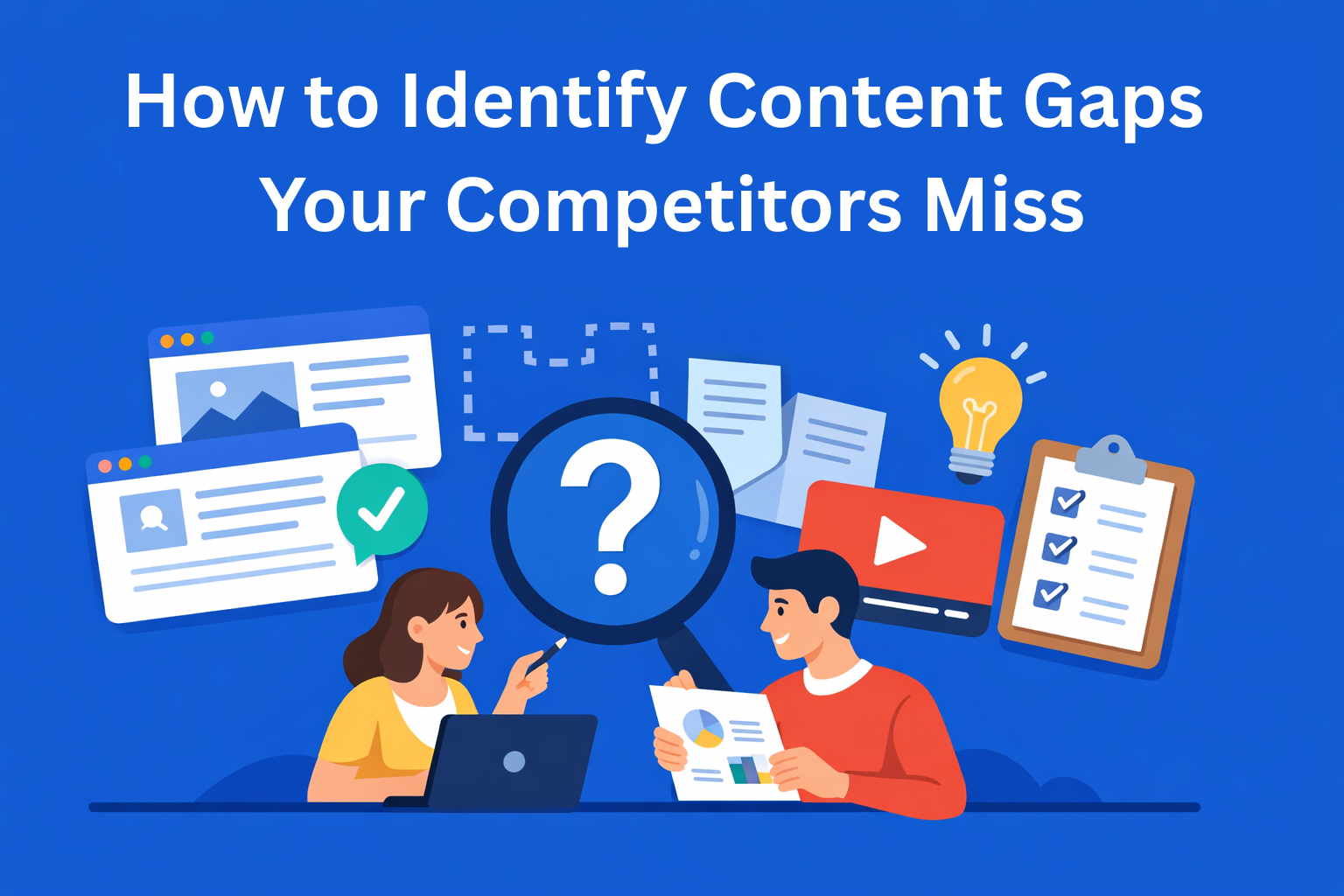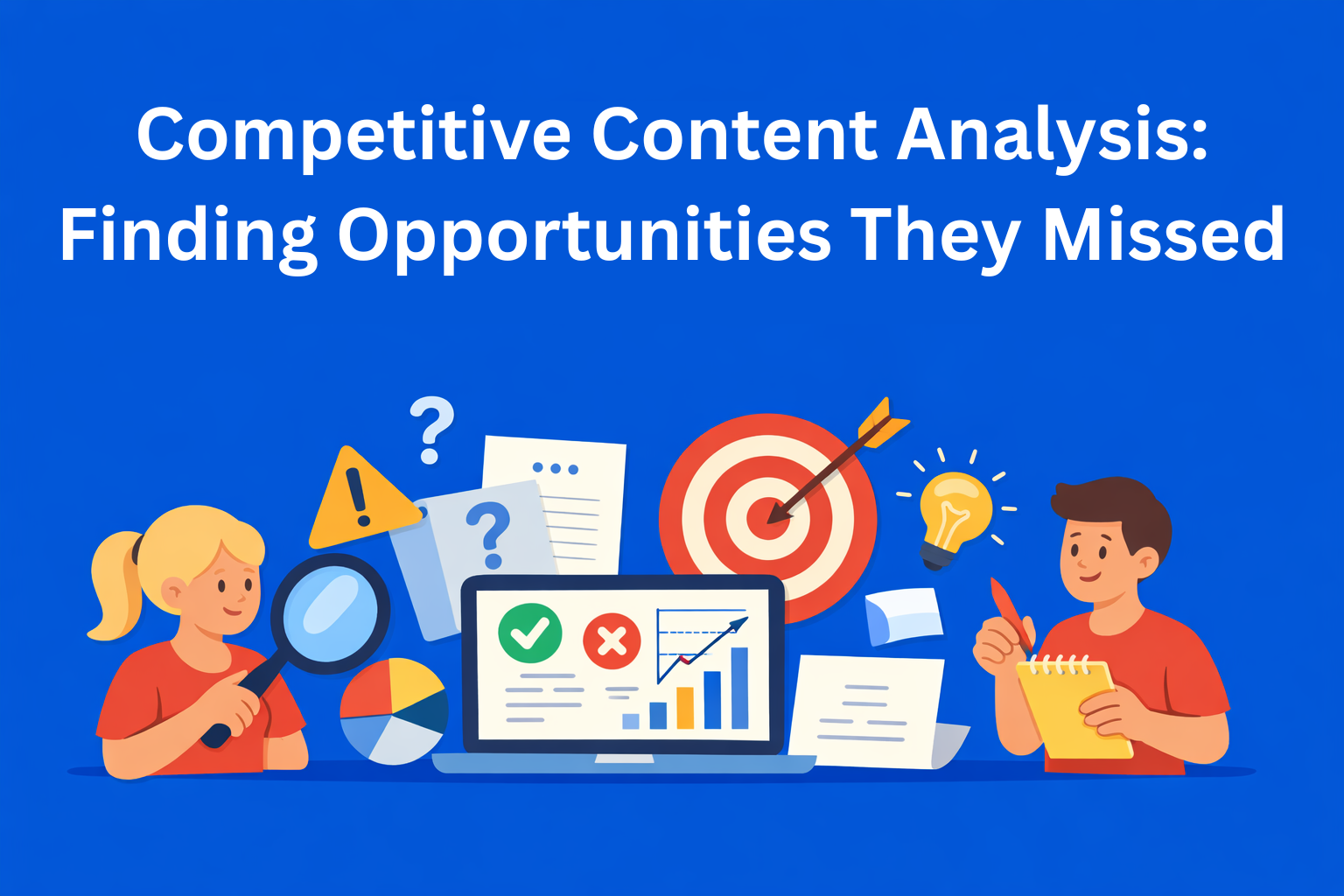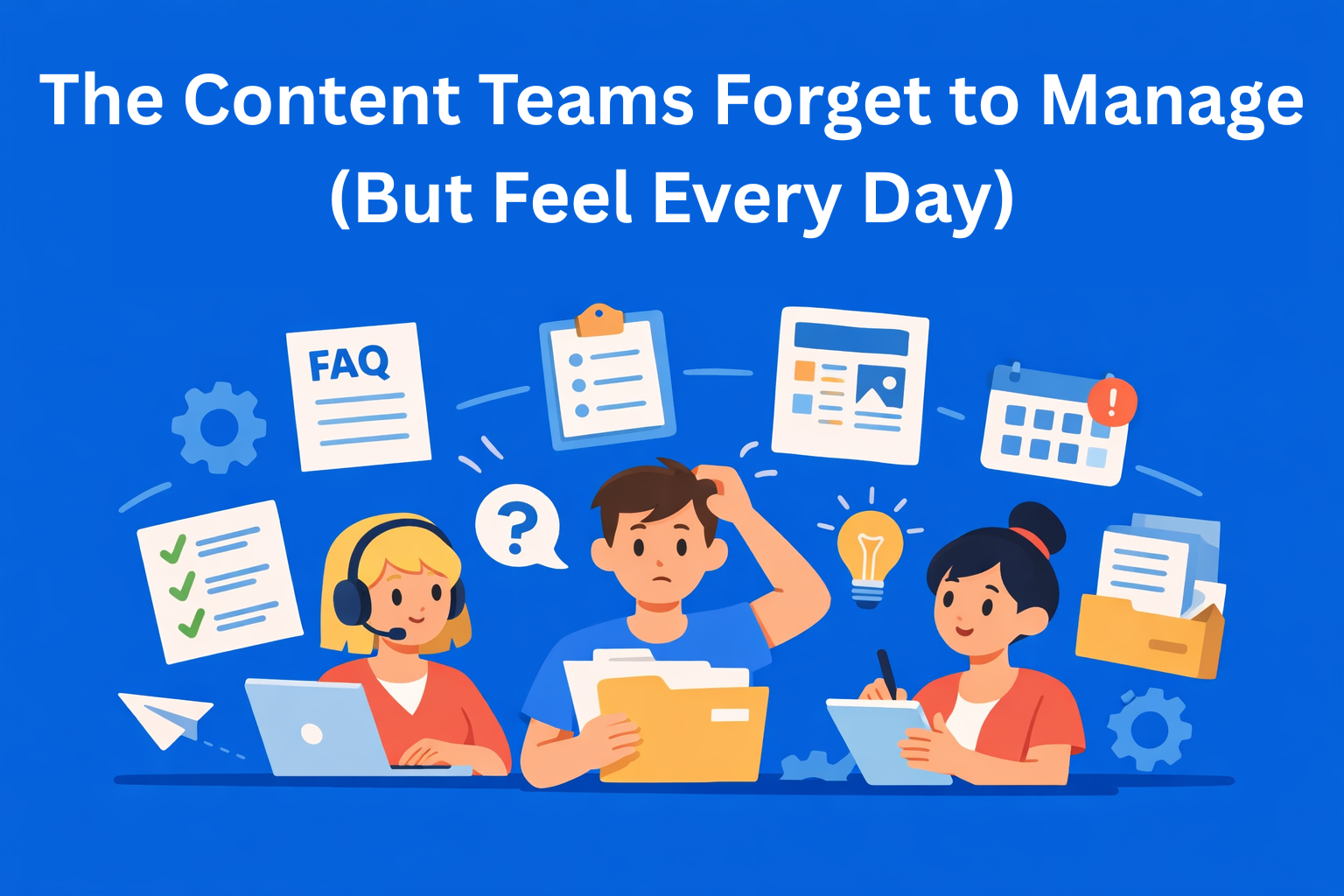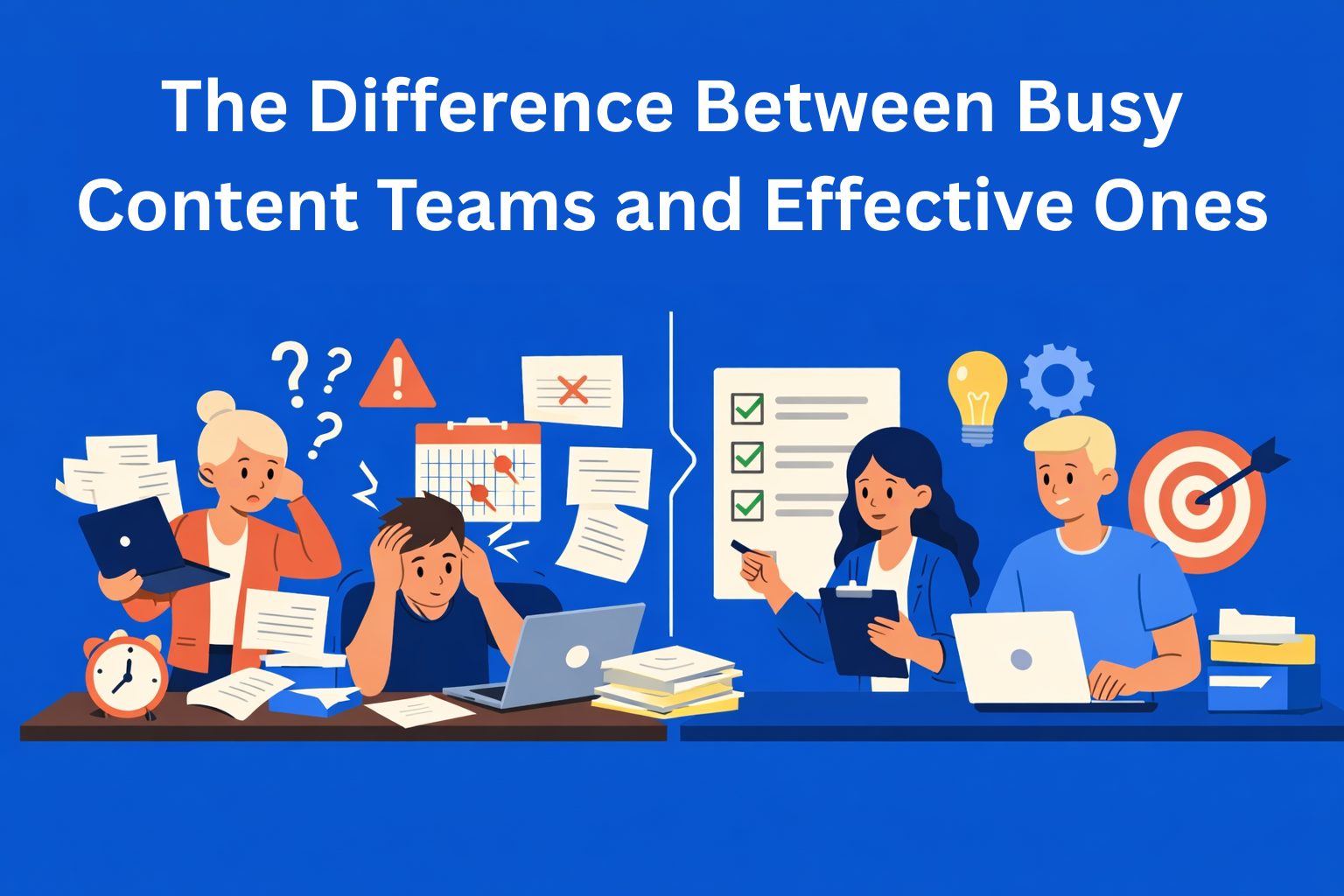Content Metrics That Will Matter in 2026 (Hint: It's Not Just Traffic)
Discover the new content metrics shaping 2026. It’s no longer about clicks and traffic, success now means engagement, trust, and real audience connection. Learn which numbers truly show your content’s impact.
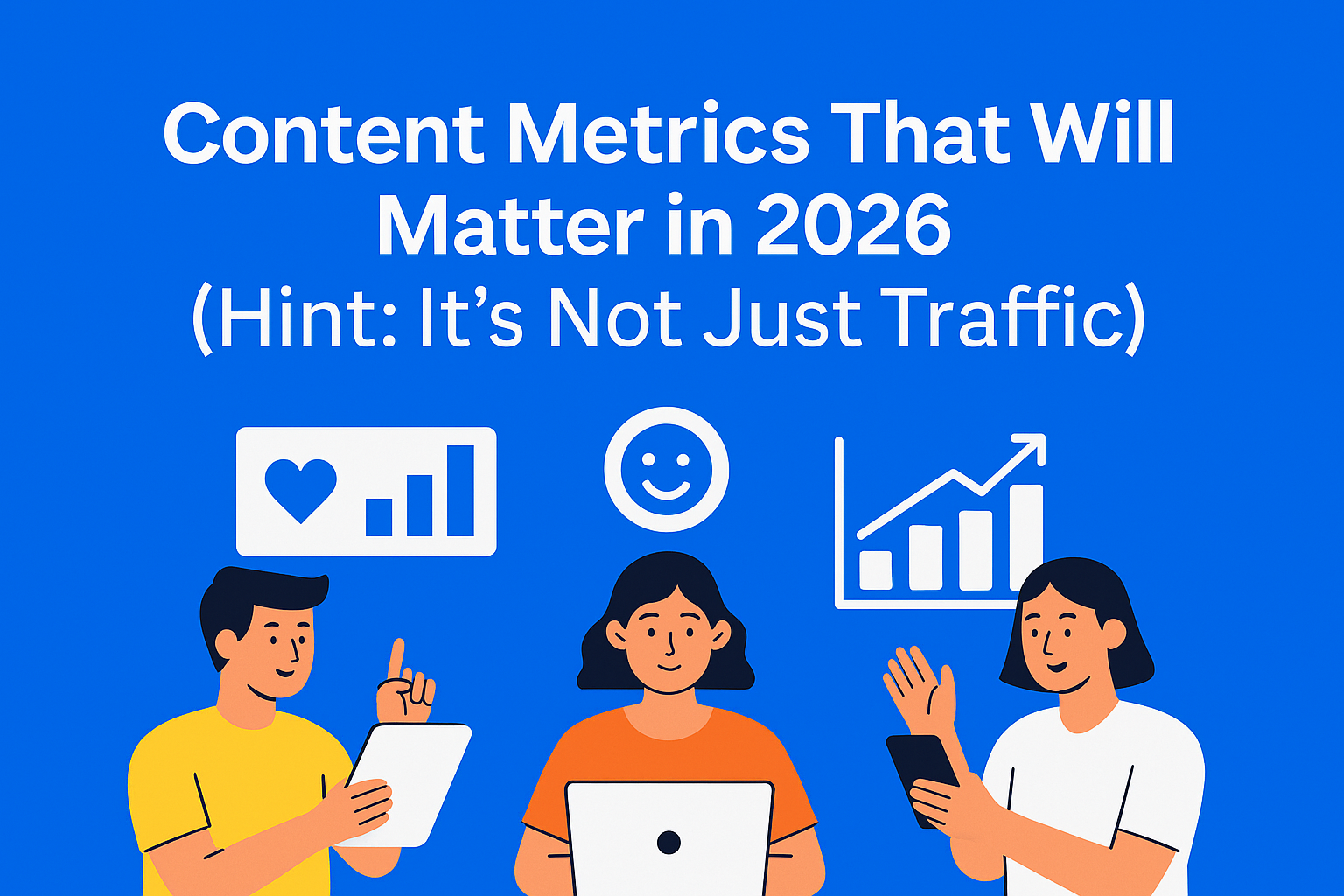
For years, content success has been measured through visits, clicks, and page views. These metrics were long seen as the main indicators of whether a campaign worked. But today, when the internet is full of texts, videos, and posts, the number of visits doesn’t mean much anymore. Traffic alone doesn’t show whether content is truly useful, whether people like it, or whether it brings them back.
That’s why 2026 brings a new way of looking at content. Instead of counting clicks, we focus on how much the content truly matters to people. Now, engagement, trust, and long-term value are what really count. In short, quality matters more than quantity.
Key Takeaways
- Traffic no longer defines success - views and clicks show reach, but not real value or audience connection.
- Engagement depth matters most - how long people stay, read, and interact reveals true interest.
- Emotional impact beats raw numbers - metrics like content resonance and sentiment show what people actually feel.
- Retention and sustainability signal trust - returning readers and evergreen posts show lasting influence and brand credibility.
- The new goal is value per piece - fewer but higher-quality articles create deeper engagement and stronger ROI.
How Metrics Have Changed
It used to be enough for content to have many views and rank high on Google. But today, algorithms are smarter, and users are more demanding. They look for content that truly helps them, that makes sense and provides real value.
This shift has led to new metrics that don’t just measure how many people opened something, but how much they actually interacted with it. Content performance no longer depends only on clicks but on how much the content inspires, informs, and brings users back.
Key Metrics That Will Matter Most in 2026
a) Engagement Depth
One of the biggest changes is that we now measure how deeply users actually consume content. It’s no longer enough for someone to open a page. What matters is how long they stay, how far they scroll, and whether they interact.
For example, if someone spends a few minutes reading a blog post to the end, it shows they are genuinely interested. Tools like Google Analytics 4 and Hotjar can track how far users scroll and how long they stay on the page, this shows how engaging the content really is.
In other words, the goal isn’t just to grab attention but to keep it.
b) Content Resonance Score
This metric measures how strongly content connects with the audience. It’s not just about likes or comments but about the emotions and reactions it evokes.
With tools like Brandwatch, Sprout Social, HubSpot AI, MonkeyLearn, and Google Cloud Natural Language API, it’s now possible to analyze sentiment, whether people react positively or negatively to a post. If your text makes people think, gets shared organically, and sparks conversation, it means it has a high content resonance score.
Such content doesn’t disappear quickly from timelines; it’s remembered and shared further.
c) Conversion Quality Index
A conversion isn’t just a click on a button. In 2026, what matters is how good that conversion actually is. For example, how long a user stays connected with the brand after signing up or making a purchase.
Conversion quality shows whether your content attracts the right people, those who return, not just random visitors. These metrics help better understand how much your content investment is really paying off.
d) Audience Retention
This metric shows how many people come back. If users regularly read your blog or watch your videos, it means you’re building trust and habits. A returning audience is a clear sign of consistent and valuable content.
In 2026 digital marketing, retention will be one of the main success indicators. Instead of constantly chasing new visitors, brands will build a loyal community that keeps coming back because they trust the content.
e) Content Sustainability
Some pieces of content last only a short while, while others remain useful and interesting for months or even years. This kind of long-lasting content is called evergreen content. Sustainability means how long a text, video, or guide continues to attract readers.
In 2026, companies are expected to invest more in long-term content that can be updated and reused. It saves time and resources while increasing overall value.
New Tools for Measuring Content
Analytics tools have become smarter. Google Analytics 4 provides deeper insights into user behavior, while platforms like HubSpot and ContentSquare offer more detailed views of user experience.
AI tools like Clearscope can now predict content performance. For example, they can estimate how well a piece of content will resonate with an audience based on its tone, structure, length, and relevance. This helps teams optimize headlines, length, and style before the content even goes live.
By combining quantitative (numbers, percentages) and qualitative (emotion, tone) data, marketing teams get a complete picture of what truly works.
How Teams Can Adapt
Changing metrics means changing approach. Teams that once focused on quantity are now learning to create fewer but more valuable pieces of content. Quality has become the new currency.
The first step is education. Everyone in the team, from writers to managers, should understand these new metrics. It’s important to adapt KPIs (key performance indicators), the goal is no longer to publish as much as possible but to make sure every piece has a purpose.
Then comes experimentation. Some brands have already shown that by reducing the number of posts but improving their quality, they can increase overall ROI. For example, a brand that publishes one great article per week can perform better than one posting daily.
Conclusion
By 2026, the content world will look completely different. It won’t be about who gets the most clicks but who builds the most loyal audience. Content marketing will focus on depth, authenticity, and long-term value.
If you measure only traffic, you’re seeing just the surface. The real story lies in engagement, in what users do after reading your content, how often they return, and how much you truly help them.
In 2026, success will be measured by one simple metric: how much you truly impact people. And that’s the only metric that really matters.



